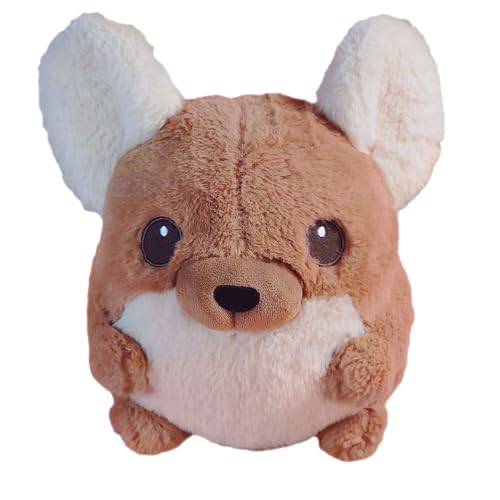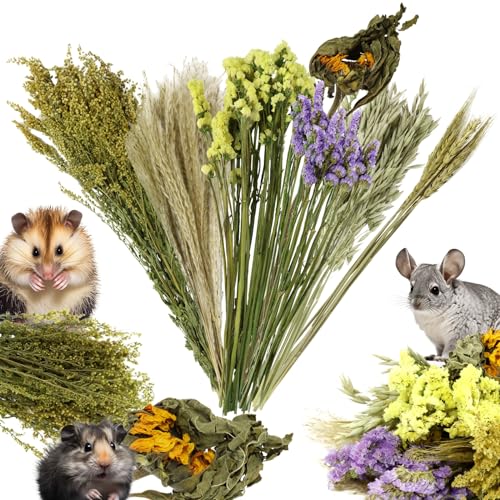aznmexaggie
Chinchilla Chateau
For those of you who have a lot of experience with showing and evaluating your animals, what faults visible as a kit correct themselves over time?
Kit from dark and extra dark standard pairing with gray tipping on the belly - kit is very heavily veiled for a baby and dark on the face and nose, likely to be an extra dark... is her belly likely to become white as she gets older or are gray bellies something that they'll probably have as adults as well? Offspring from previous litters have had bright white bellies from the start through adulthood. I am thinking this may be a result of the heavy veiling?
Standard gray kit from a different dark and extra dark pairing is offcolor and lacking clarity - this kit has had visible reddish tones to me from birth until now (weaning age), unlike most of my other standard babies who actually look clear and blue. Previous offspring from this litter have always been very blue with good clarity and taken 1st and higher in show. Is clarity a trait that can improve as a kit grows?
What other faults that can be seen in kits may improve over time? Or more importantly, which ones don't improve? I want to be more efficient at which kits I hold back for show and if there is a telltale sign that a kit has a major flaw as a baby that he won't grow out of, I don't want to grow him out with my hopes up that he'll improve.
Kit from dark and extra dark standard pairing with gray tipping on the belly - kit is very heavily veiled for a baby and dark on the face and nose, likely to be an extra dark... is her belly likely to become white as she gets older or are gray bellies something that they'll probably have as adults as well? Offspring from previous litters have had bright white bellies from the start through adulthood. I am thinking this may be a result of the heavy veiling?
Standard gray kit from a different dark and extra dark pairing is offcolor and lacking clarity - this kit has had visible reddish tones to me from birth until now (weaning age), unlike most of my other standard babies who actually look clear and blue. Previous offspring from this litter have always been very blue with good clarity and taken 1st and higher in show. Is clarity a trait that can improve as a kit grows?
What other faults that can be seen in kits may improve over time? Or more importantly, which ones don't improve? I want to be more efficient at which kits I hold back for show and if there is a telltale sign that a kit has a major flaw as a baby that he won't grow out of, I don't want to grow him out with my hopes up that he'll improve.





















































